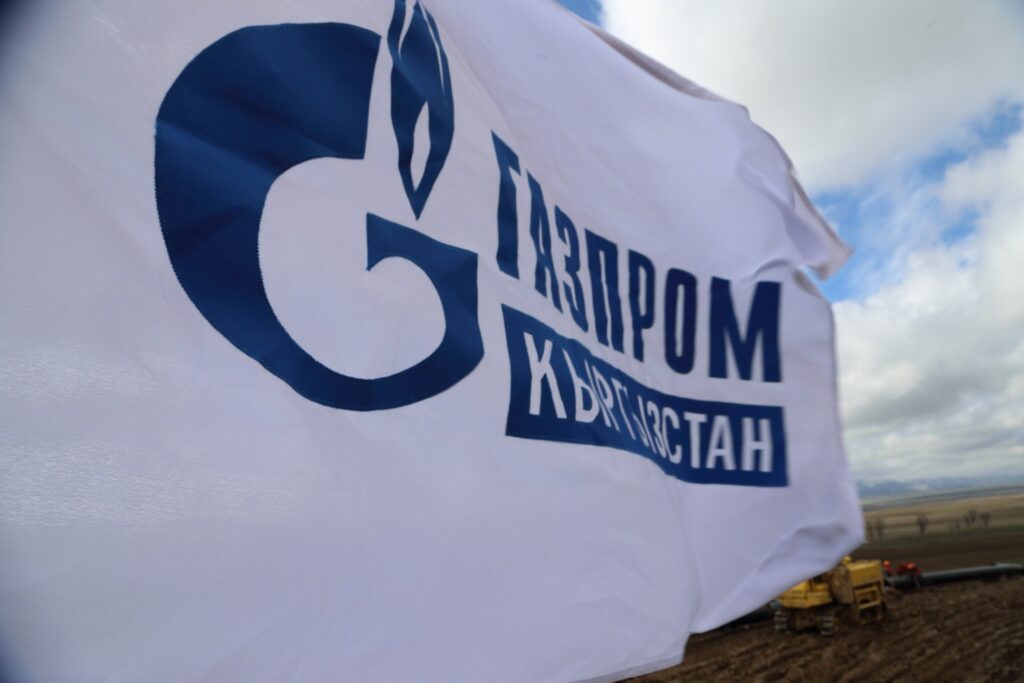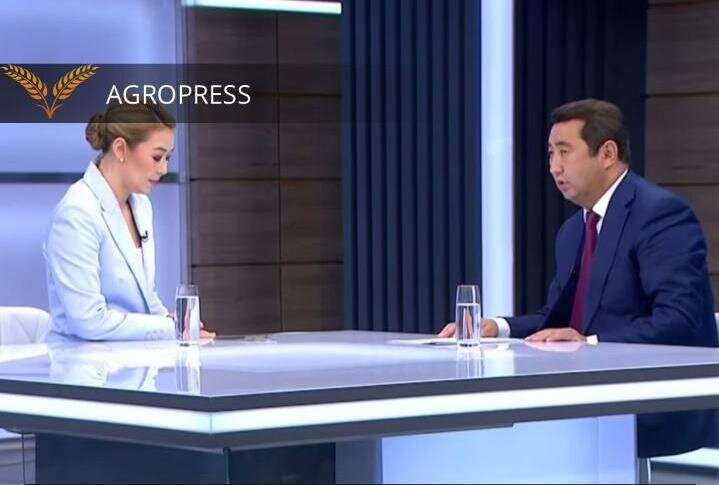BISHKEK (TCA) — Real GDP growth in Kyrgyzstan is forecast to accelerate slowly to 3.9 percent by 2020, supported by all the major sectors – industry, agriculture, construction and services, according to the latest issue of the World Bank’s Country Economic Update for Kyrgyzstan.
The fall/winter 2018 edition of the biannual Kyrgyz Republic Economic Update outlines the economic situation in the country as well as the medium-term development prospects.
Real GDP growth slowed to 3.1 percent during January-November 2018, down from 3.7 percent in the same period during 2017. This deceleration was the result of slower growth in both gold production and the non-gold industry, the report said.
Export performance remains weak, largely on account of a sharp slowdown in gold exports, and in spite of trade opportunities within the Eurasian Economic Union.
Attracting private investment remains a challenge.
The report says that Kyrgyzstan’s economy will continue to benefit from large remittance inflows and firming external demand. Strong remittances will support average consumption growth of around 3 percent in 2018–20. However, the current account deficit is projected to remain elevated at about 9 percent of GDP, reflecting structural constraints, the significant import content of public investment, and an indirect feed-through effect of remittances via imports.
To rebuild fiscal buffers, the authorities are committed to reducing the deficit to 3 percent of GDP by 2020.
Realizing the potential of high-value agri-food exports is the cornerstone of the new government’s policy objectives for agriculture development, according to the report. The new government has declared that its priorities for agriculture sector development will be promoting high-value agri-food production and organic agriculture, improving the quality and safety of agri-food and orienting assistance to producers of those groups of agricultural products (such as selected fruits and vegetables, legumes, dried fruits) that have potential to generate high value-added in export markets.
To realize the government’s objectives, the following three-track approach is recommended: 1) expanding markets for agri-food products and improving competitiveness; 2) linking small enterprises and farmers to market, and promoting value addition; and 3) creating an enabling business environment for agri-food production.
This approach would require more proactive government policies that would address constraints faced not only by farmers but also by agri-food processors and exporters. In other words, addressing market failures along the entire food value chain. Doing so would help overcome the fragmented and small-scale structure of farms and agricultural firms, bringing the Kyrgyz agri-food sector to a new level of development, the report said.









